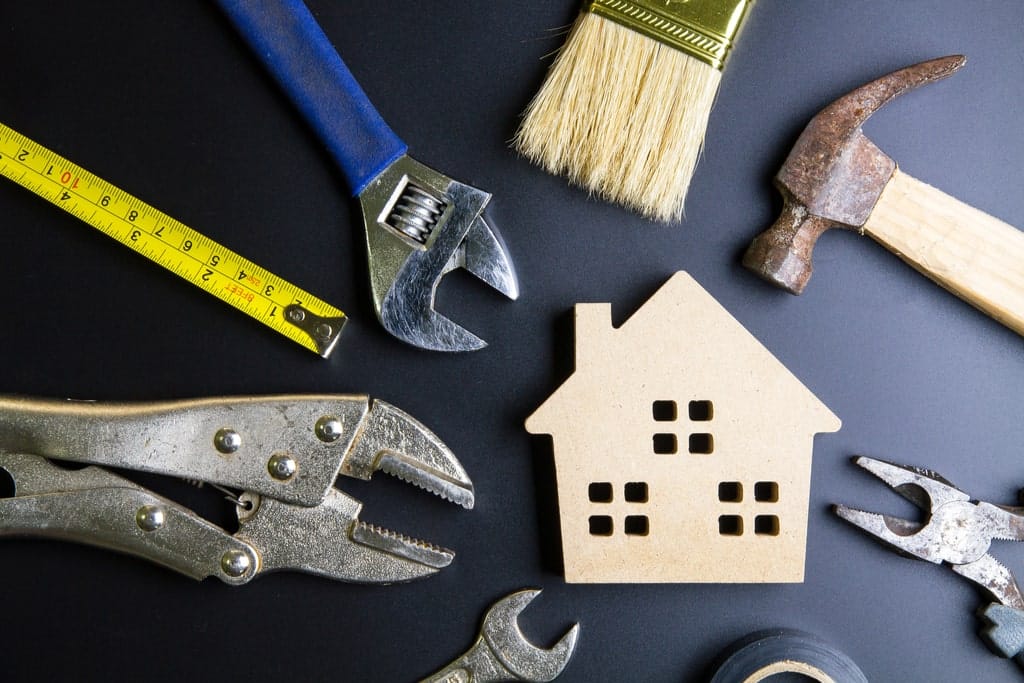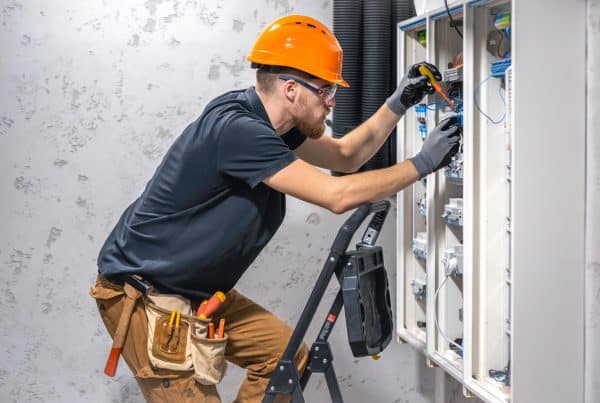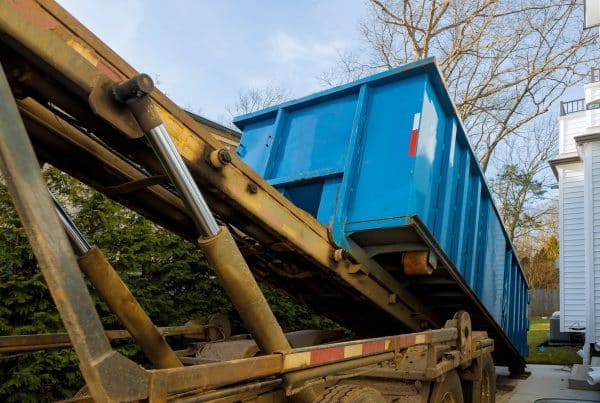The rental market is a vital part of the UK’s property infrastructure, being a sector that enjoys high demand from households as yet unable to afford the first rung of the property ladder. In recent history, landlordism has been an incredibly accessible and lucrative venture.
The introduction of buy-to-let mortgages in the mid-1990s ushered in a new era of affordability for new landlords and caused a veritable explosion of rental businesses as a result.
But, while low interest rates and steady climbs in property value fostered a positive environment for landlords, recent economic shifts have seen costs start to skyrocket – with many landlords taking to the media regarding their own new financial difficulties.
But what exactly is today’s rental landscape, and how do essential maintenance costs factor into rising unaffordability amongst landlords?
The Rental Landscape
Rising costs in the landlord ecosystem are a direct result of the cost-of-living crisis that has affected the UK for the past year. Rising inflation made the cost of energy and raw materials continue to climb, with direct effects for the affordability of simple maintenance tasks.
Meanwhile, Bank of England efforts to curb the rise in inflation rates saw interest rates increase significantly. The result of this was a marked increase in mortgage rates across the board, with a reductive impact on profits after rental income for new buy-to-let landlords.
Typical Maintenance Tasks for Landlords
Here, though, we are more directly concerned with the impact of recent economic events on the ongoing costs associated with maintaining properties during and between tenancies. It is a landlord’s responsibility to ensure essential property infrastructure is maintained and repaired in a reasonable timeframe, from the electricity and wiring to plumbing, heating and structure.
Often the costliest of repairs relates to replacement and repair of boilers and heating systems. The cost-of-living crisis is also hindering household budgets, though – and with energy bills higher than ever, many tenants are risking condensation and damp through attempts to minimise use of central heating. This can have its own negative effects on property maintenance, with mould and damp more likely.
How to Reduce Costs
First and foremost, landlord insurance is nothing short of essential for mitigating the impact of costs relating to unpredictable events or damage. Insurance comes into its own particularly with regard to ancillary costs associated with property damage; for example, flooding might render alternative accommodation necessary while repairs are undertaken. Insurance swallows much of this cost, ensuring there are no direct short-term financial implications.
But insurance does not eliminate smaller and more predictable maintenance costs. These are the costs that can add up over the course of a tenancy, whether replacing kitchen units or undertaking localised wear-and-tear repairs. For these repairs, DIY can often be the best approach to bringing costs down, as labour is often the most expensive part of the equation.








